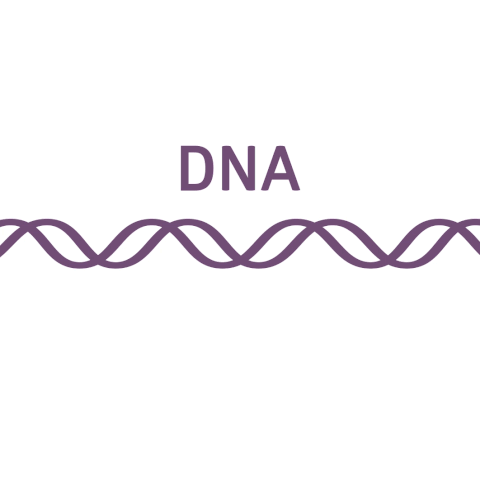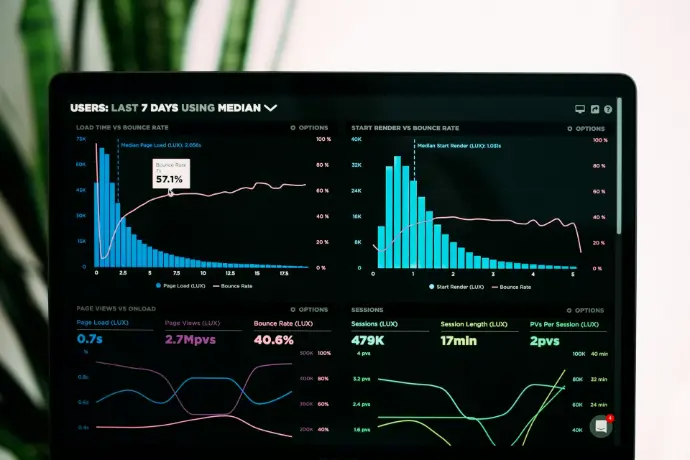Cancer Diagnostic Instruments
1. Sample Preparation Instruments for Cancer Testing
Before any PCR, sequencing, or imaging happens, cancer samples (tissues, blood, cells) need to be processed.
Instruments to highlight:
Centrifuges (plasma, buffy coat isolation)
Automated nucleic acid extractors
Tissue homogenizers
Cryostats and microtomes

2. Automation and Robotics in Oncology Labs
Automated platforms improve consistency and throughput in cancer diagnostics.
Instruments to highlight:
Liquid handlers for PCR/NGS workflows
Automated slide stainers
High-throughput ELISA processors
3. AI-Powered Imaging Tools
Digital pathology and AI-powered diagnostics are revolutionizing cancer detection.
Tools include:
AI image analysis for tumor grading
Deep learning models for histology classification
Remote pathology consultation platforms


4. Point-of-Care Cancer Diagnostic Devices
- Microfluidic chips for circulating tumor cells (CTCs)
- Portable PSA or CA-125 test readers
- Handheld imaging devices (optical biopsy tools)

5. Radiotracer Delivery and SPECT/PET Imaging Systems
For nuclear medicine diagnostics, precise delivery of radiotracers is critical.
Instruments and tools:
Dose calibrators
Radiopharmaceutical synthesizers
SPECT/CT or PET/CT scanners

6. Instruments for Minimal Residual (MRD) Detection
- Digital PCR systems
- High-sensitivity NGS
- Flow cytometers for rare event detection

7. Multi-Omics Platforms in Precision Oncology
Integrated systems that analyze DNA, RNA, proteins, and metabolites together.
Instruments to include:
Transcriptome sequencers
Single-cell multi-omics platforms
Mass spec-coupled metabolomics